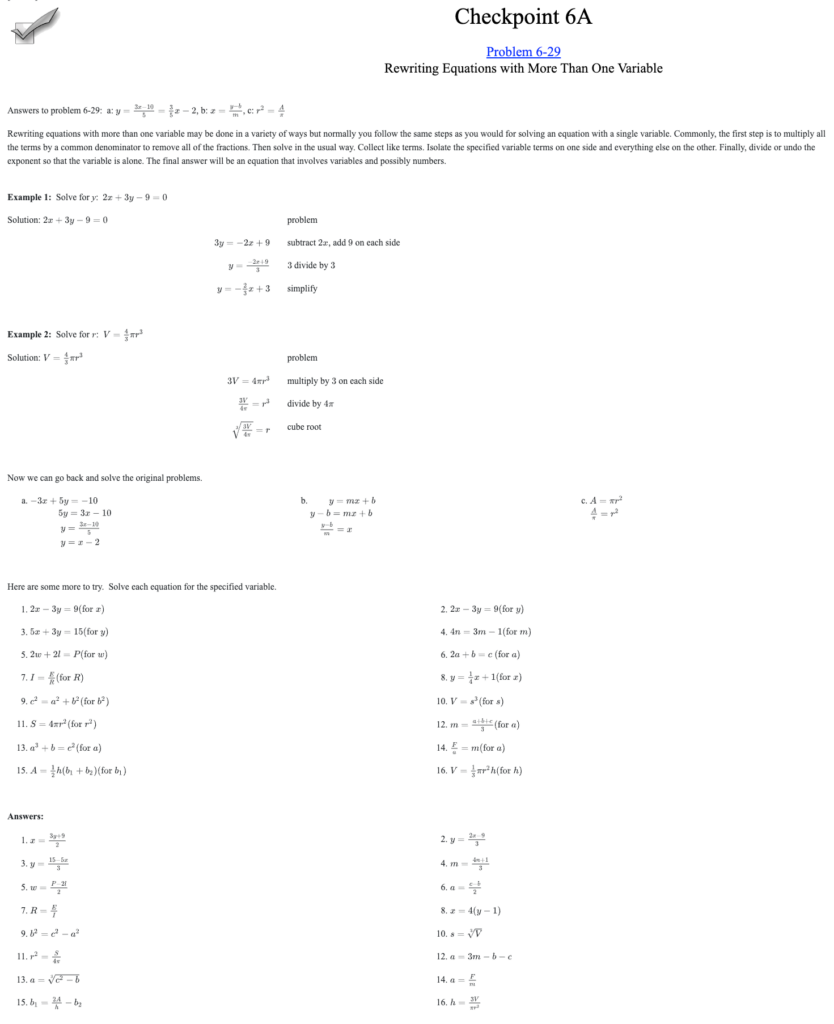April 2024

Over my 34-year career, with over 20 years dedicated to teaching (following 13 years in industry), I find myself approaching retirement with a deep-seated mission. My goal is to ensure that the students I leave are nurtured by educators who share my passion, possess a work ethic like mine, cherish their students wholeheartedly, and feel respected by their students, school administrators, and the general public.
Challenges on the Horizon
Unfortunately, the field of education is facing challenges. The number of new teachers entering the profession is dwindling, and experienced educators are leaving prematurely. I am not referring to teachers like myself who are close to retirement, but rather to “mid-career teachers” who have devoted between 6 and 20 years to teaching. Witnessing many colleagues leave the profession (or express a desire to do so) pains me, as I believe most educators chose this path to make a positive impact on young lives.
As many know, teaching extends beyond subject matter expertise, and educators must be well-versed in all aspects of students’ lives. The stress is palpable, and the Covid-19 pandemic brought a different set of stressors. Additionally, we face extra pressures imposed on our system by politics and individuals who may or may not prioritize our children’s well-being. The heightened pressure on the educational system has resulted in an increased departure rate, affecting not only new teachers and those on the verge of retirement, but most notably mid-career teachers. While this may not be groundbreaking news for those in education, it remains a pressing concern for the entire educational community.
Encouraging Teachers
The good news? Some districts offer special incentives for new teachers and even higher wages for those approaching retirement. However, the question remains: What about the mid-year teacher, someone who has dedicated enough time to be beyond the new teacher incentives but lacks a clear path to retirement? Many of my peers, teaching for 6 to 20 years, express a sense of being “stuck.” They still love teaching but yearn for more in their careers—not necessarily aspiring to become administrators. These mid-career teachers seek ways to expand their opportunities and knowledge while remaining in the classroom. The challenge lies in identifying and accessing these opportunities to stay motivated, especially when the financial reward is insufficient and retirement is not immediately on the horizon.
Opportunities for Growth
Reflecting on my mid-career years, I found engagement through opportunities to effect change in education beyond my classroom. I believe offering such opportunities is crucial for retaining mid-career teachers.
State-Wide: I am a member of the Michigan Teacher Leadership Corps (MTLC). This group works to inform Michigan legislators about creating and abolishing laws that affect our teachers and students. My sub-group plans to raise awareness about the challenges faced by mid-career teachers and the necessity for viable career paths that foster growth and motivation. We want the Department of Education to strongly encourage districts to implement career paths which include mentorship programs, hybrid roles like part teacher/part coach, and leadership positions within departments—which we hope could be supported, and maybe even funded, by the state. If we could get all states to implement programs similar to these, that would be a great step for teachers.
School-Based and District-Wide: Districts could provide mid-career teachers with the chance to participate in district-level initiatives, including creating pacing guides, contributing to curriculum development, serving on textbook selection committees, and facilitating building- and district-wide professional development. Additionally, they could allocate funding for teachers to attend conferences, join professional organizations, and become mentors or be mentored. School-based administrators could recommend teachers for these opportunities and provide different teachers within their buildings the chance to enhance their skills, positively impacting the classroom and the school community. Moreover, teachers could engage with external groups like the MTLC or consider joining programs such as CPM’s Teacher Researcher Corps (TRC).
Individual Responsibility: Creating awareness about these opportunities can be critical for mid-career teachers who find themselves “stuck.” While district support and legislative advocacy are vital, it is equally important for mid-career teachers to recognize the potential for growth and satisfaction outside their immediate teaching roles by actively seeking additional opportunities. In my experience, collaborating with external groups such as the MTLC and TRC underscores the importance of providing opportunities for mid-career teachers, both within and outside their districts. As we continue to advocate for better pay, it is equally imperative to communicate the value and growth potential that these opportunities bring, thereby contributing to job satisfaction and retention for mid-career teachers. As an example, I am part of CPM’s TRC because we help to facilitate increased math learning among students by investigating the problems of practice encountered by CPM teachers. Through conducting classroom research and collaborating with educators nationwide, I am better able to reflect on mathematics and contribute to the success of both my students and those of other CPM teachers. Experiences like the TRC not only provide stipends but also enable teachers to stay connected with the educational community, enhancing their teaching and professional skills.
I write this to bring attention to how we can retain our mid-career teachers. I want them to continue to love teaching and stay in the field because it is important to our children’s educational future. Like most educators, I have a deep passion for my field of study, which is mathematics and mathematical thinking. But more than just someone who loves math, I am someone who loves young people. I belong to the tribe of educators who believe they can change the world one student at a time. We will always need educators who feel that way, and that is why society and the world of education need to do whatever they can to keep what I consider the most important teachers, the mid-career teachers.
Also published on: https://imath.us/2024/02/13/teachers-and-staying-power/

Janine Scott
trc-janinescott@cpm.org


